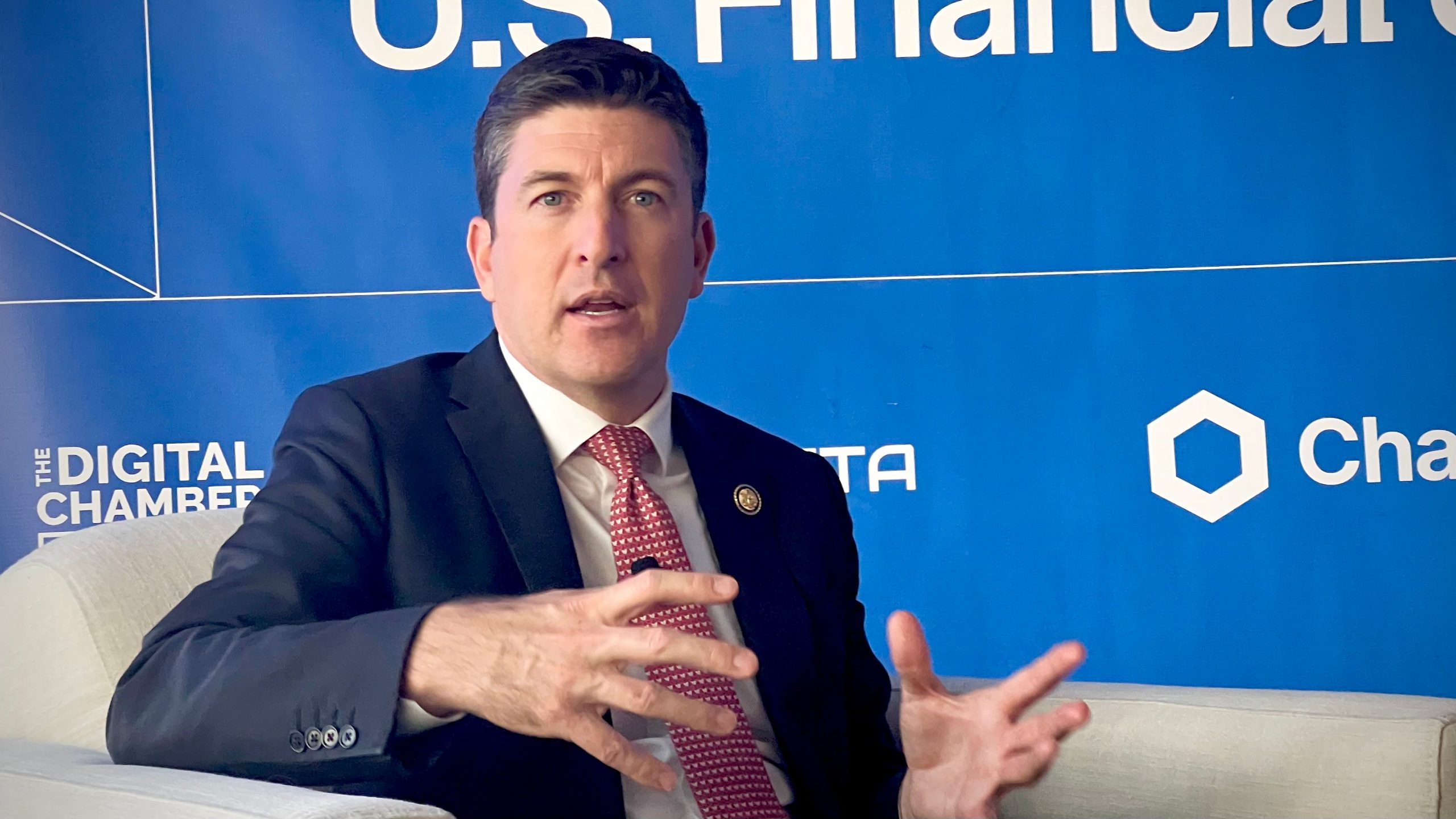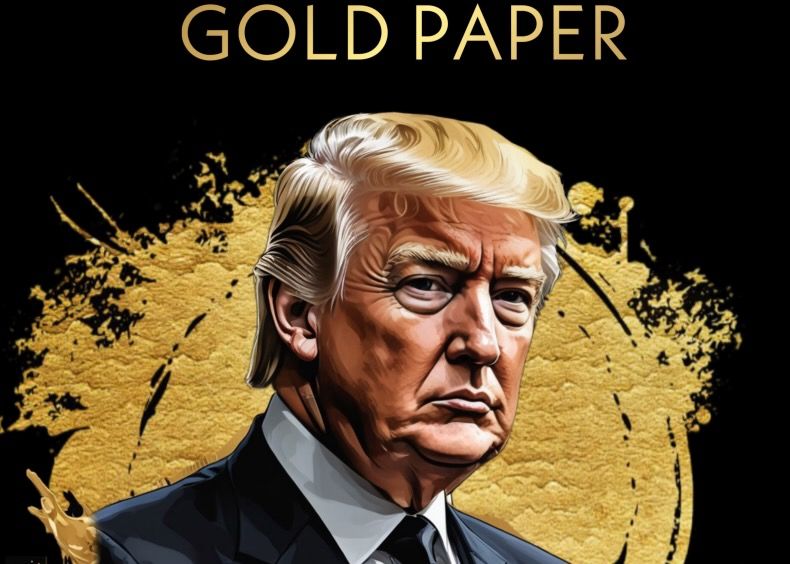Challenges in Stablecoin Adoption Due to Regulatory Gaps
The lack of stablecoin regulation in the United States remains one of the most significant obstacles to widespread adoption, as highlighted by a recent report from S&P Global Ratings. According to the analysts, led by Mohamed Damak, the absence of a regulatory framework has hindered broader institutional engagement with stablecoins, which are essential components of the cryptocurrency market.
Stablecoins, which are digital currencies pegged to traditional assets such as the U.S. dollar or gold, are pivotal for various financial applications, including international money transfers. The report suggests that the anticipated growth in stablecoin adoption will likely occur once a comprehensive regulatory structure is established.
In terms of upcoming regulations, the Senate has proposed the Guiding and Establishing National Innovation for U.S. Stablecoins (GENIUS) Act, which aims to implement federal regulations for stablecoins with a market capitalization exceeding $10 billion. This act also allows for potential state-level regulations that would need to align with federal guidelines. Conversely, the House of Representatives has introduced the STABLE Act, advocating for state regulation without imposing any specific conditions.
As regulations come into effect, it is expected that many users will transition from unregulated stablecoins to those that comply with the new legal framework. This shift could significantly reshape the industry landscape, enhancing the credibility and security of stablecoin transactions.
The report emphasizes that stablecoins will increasingly play a vital role in facilitating on-chain transactions. They are particularly beneficial for users in emerging markets, helping to safeguard their savings against local monetary instability and providing an efficient means for receiving payments.
Additionally, JPMorgan, a prominent Wall Street bank, noted in a report last week that Tether, the issuer of the leading stablecoin USDT, may face challenges stemming from the proposed U.S. stablecoin regulations. This indicates a growing recognition of the need for regulatory clarity in the stablecoin sector.







